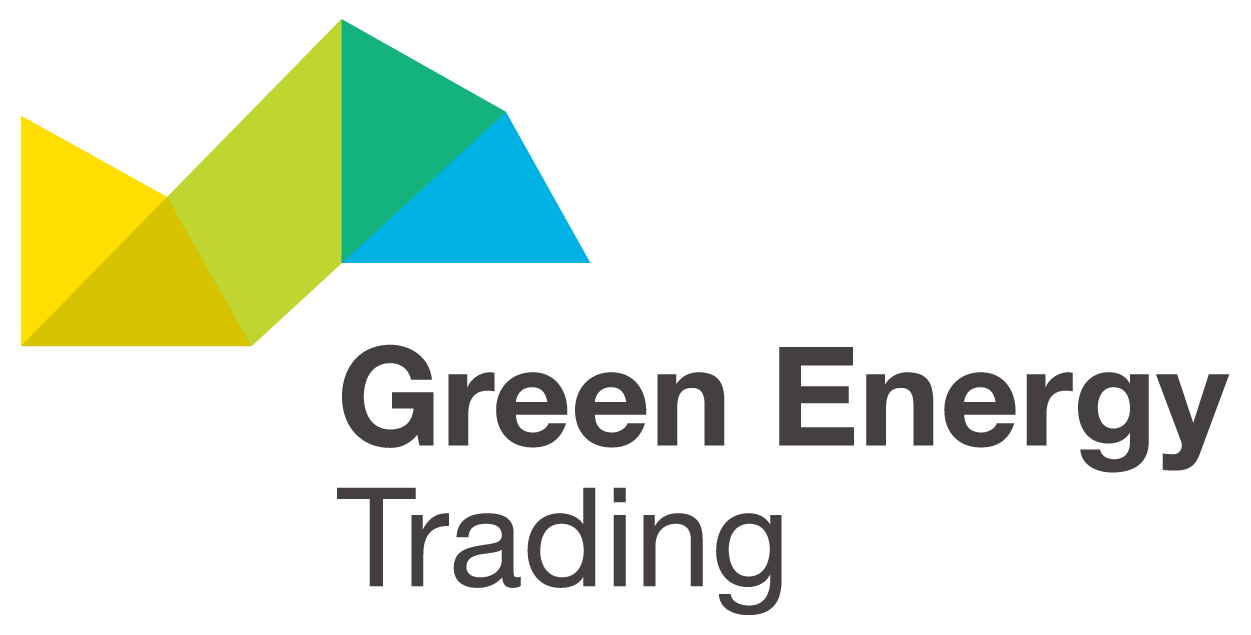The future of Australian Solar PV
Australia, unlike most other large markets globally for solar PV, has traditionally steered clear of installing solar systems larger than 100 kilowatts. The reason is very simple – systems smaller than 100 kilowatts qualify for the upfront rebate provided by STCs. While larger systems can only qualify for certificates known as LGCs that provide financial support only after megawatt-hours are generated.
But due to the combination of a decline in the traditional residential market and a major improvement in the price of certificates available from the large-scale Renewable Energy Target, it is making increasing sense to go big.
Australia has been a standout success in the roll-out of solar PV to residential premises. Several other nations such as Germany, Italy, Japan and the United States have installed vastly greater amounts of solar PV capacity than Australia, yet much of this has been installed in quite large installations of hundreds of kilowatts or farms involving megawatts of panels. Meanwhile in Australia we’ve tended to specialise in residential systems of 5 kilowatts or less. While we fall well short of Germany, Italy and Spain in overall terms, within the residential sector Australia has the highest level of solar PV penetration globally.
Yet there are clear signs that the residential market has reached a point of maturity, with sales far harder to come by. Green Energy Markets’ analysis of monthly creation of STCs shows in the chart below how installations of residential capacity have been steadily declining. And unfortunately capacity installed on commercial premises below 100 kilowatts hasn’t come close to making up the difference.
Monthly solar PV capacity installed in Australia - residential and commercial segments
With sales harder to come by, it isn’t ideal to have a commercial customer steered towards a system below 100 kilowatts in order to qualify for upfront rebate associated with STCs, when their electrical demand and available space could support something far larger.
In addition, over the last 18 months the spot price of LGCs has improved dramatically. Prior to February 2015 LGC prices had sat below the STC price for a considerable time. Given you also didn’t get these LGCs upfront on system installation, there was a very big trade-off associated with government financial support if you installed a system over 100 kilowatts. Now things look very different. In recent months LGCs have traded on the spot market as much as twice the maximum price you can receive for STCs.
Spot price for LGCs since January 2015 relative to STC clearing house price of $40
Of course it’s not all roses – the LGC price might be high now, but you can’t give a guarantee to your customer that it will stay that way into the future.
Green Energy Trading has assisted a number of its clients with managing the uncertainty of LGC prices by offering fixed prices for several years into the future. While it’s not possible to provide a price guarantee out to the end of the Renewable Energy Target scheme, four year contracts have helped a number of our clients get systems larger than 100 kilowatts over the line. As at March this year Green Energy Trading was equal first in Australia in terms of the number of solar PV power stations we’ve registered for LGCs.
Given there is a need for several thousand megawatts of new renewable energy capacity required to meet the large-scale Renewable Energy Target, hopefully these are just the start of many more solar power stations to come.
Tristan Edis - Director- Analysis & Advisory
Green Energy Markets
